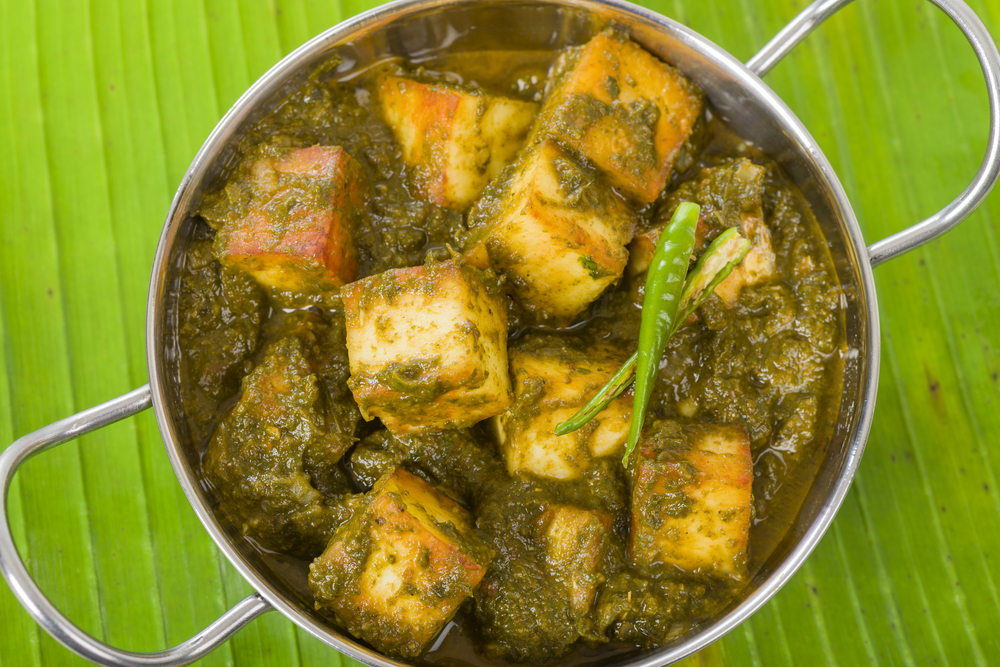Cheese is one of the oldest foodstuffs around – as far as the historical records go, people seem to have been making it for ever. The earliest evidence we have are pieces of ceramic strainers which contain traces of dairy fats – these were found in what is now Poland and date back to around 5,500 BCE, but it’s almost certain that the practice originated much earlier. Cheese would have been an important method of preserving food to prevent it from spoiling, and the solid form is rather easier to transport than is liquid milk.
There is, of course, another reason why cheese has had such enduring popularity: it is rather tasty. In the 7,500 years since the Polish cheese strainers were in use, we have perfected many different varieties of cheese, each with their own attributes: curd cheese, mozzarella, wensleydale, cheddar, ricotta, stilton – the list is seemingly endless.
Some cheeses take skill and patience to make, and may need to mature for many months in just the right conditions. Other cheeses can be easily made in just a few hours in the kitchen. For this challenge, we’re going to look at one of the easiest cheeses to make: paneer.
Paneer is a fresh cheese, common in South Asia, and is made by adding an acidic substance (typically lemon juice or vinegar) to hot milk. This causes the milk to separate out into solids (curds) and liquid (whey). The curds are then pressed to form the cheese. A little while ago, I wrote a post over on my blog explaining the process.
Paneer is delicious on its own, but it is very often used as an ingredient in other dishes. One of my favourites is Saag Paneer, which combines the paneer with spinach and a spiced, creamy sauce.
Challenge #6
Make paneer, and then use the resulting cheese as an ingredient in another dish.

I’m there!!!! Can’t wait to get started!
That photo is making me feel so hungry, even though I’m not.